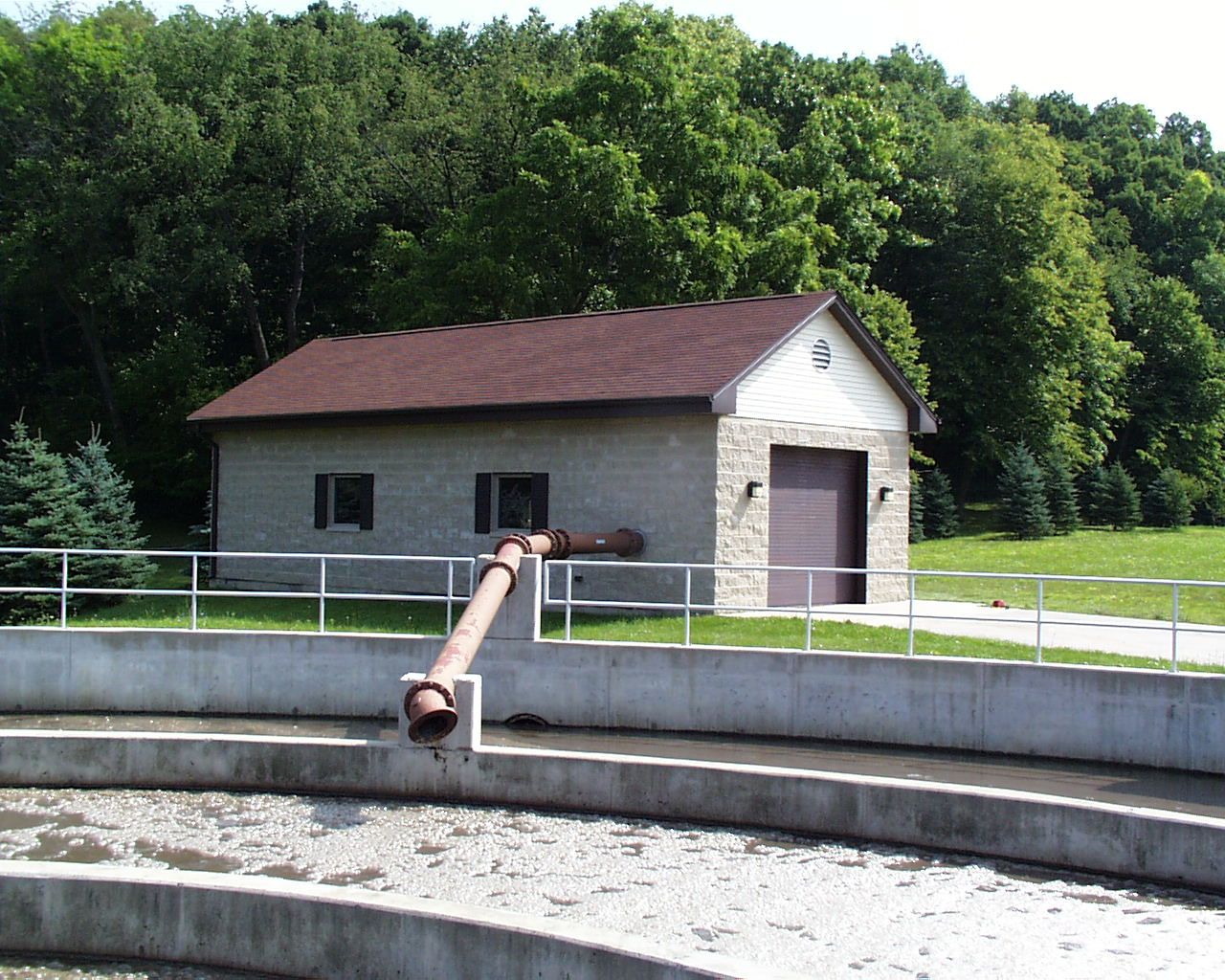Corporate Office
40W201 Wasco Road, Suite D
St. Charles, IL 60175
Phone: 630.587.0470
Fax: 630.587.0475
Village of East Dundee – WWTP Phase 2 Expansion
In 1994, the Village of East Dundee expanded its wastewater treatment facility from 0.55 to 1.15 MGD. Scott Trotter was the Project Manager for design of the facility. Recognizing that nutrient criteria would eventually be implemented in Illinois, the Village selected the three ring oxidation ditch as its preferred basis of design due its robust operational flexibility and capacity to be upgraded as regulatory requirements change. The Phase 1 Expansion included construction of a new headworks, three ring oxidation ditch, diversion structure, final clarifiers, UV disinfection system, and a laboratory. The older 0.55 MGD Facility which was located in the floodway was converted to aerobic digestion and sludge dewatering facilities.
In 2004, the Village requested Trotter and Associates, Inc. to provide planning, design, and construction engineering services for expansion of the existing facilities. The biological process improvements included installation of fine screens, construction of a second three-ring oxidation ditch, tertiary clarifiers, and upgrade of the ultra violet disinfection. Process controls were incorporated to complete biological phosphorus removal and denitrification. Recognizing that anaerobic conditions in the sludge stabilization process would release the captured phosphorus, the TAI team upgraded the aerobic digestion process with the first application of membrane technology for continuous sludge thickening in the U.S.
The existing facility has been able to maintain compliance with all regulatory parameters including total nitrogen and phosphorus. Trotter and Associates is currently performing the phosphorus removal feasibility study in accordance with the FRSG special conditions. The existing 3-ring oxidation ditch, in combination with the tertiary clarifiers, has demonstrated the capability to obtain phosphorus levels well below 0.5 mg/L. It is anticipated that the recommended improvements will include provisions for chemical polishing to achieve a lower effluent limit on an annual basis.
CORPORATE OFFICE
© Trotter & Associates, Inc.
CORPORATE OFFICE
© Trotter & Associates, Inc.

